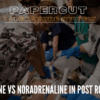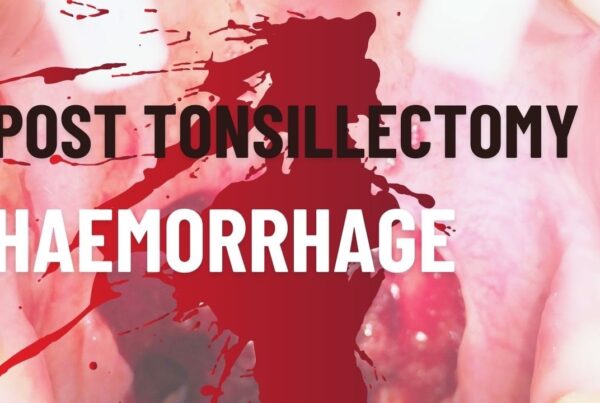This is a 4 minute video lecture on Kawasaki Disease. It looks at the diagnostic criteria as well as the treatment with Ig. This is also known as Mucocutaneous lymph node syndrome. It is a vasculits of the medium sized arteries and is a leading cause of cardiac disease in children in the Western world. It is thought to be infectious in origin, however no causative agent has been isolated and the predisposition of certain ethnic groups demonstrates a genetic component.
Diagnosis is by the presence of fever and 4 of 5 other symptoms and signs: 1. Conjunctival Injection 2. Enanthem which includes dry cracked lips, red oropharynx and a strawberry tongue 3. Exanthem 4. Cervical lymphadenopathy- ususally unilateral
5. Extremity involvement- including palmar erythema, oedema and desquamation. Investigations include a white cell count and C reactive protein, although these are mostly beneficial for monitoring the progress of the disease. A cardiac Achocardiogram is important to look at cardiac abnormalities. Treatments is mostly aimed at reducing the immunological effects of the disease and the fever and involves intravenous Immunoglobulin. High dose aspirin can be given with this. If the fever has not been reduced with the first dose of Ig(which is usually an infusion) a second dose can be given.











[…] if the node is >15mm) and can be related to dental infection and tonsillitis. Be sure to exclude Kawasaki Disease. If persistent think of […]